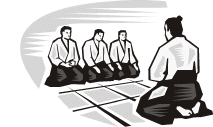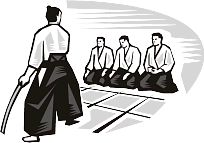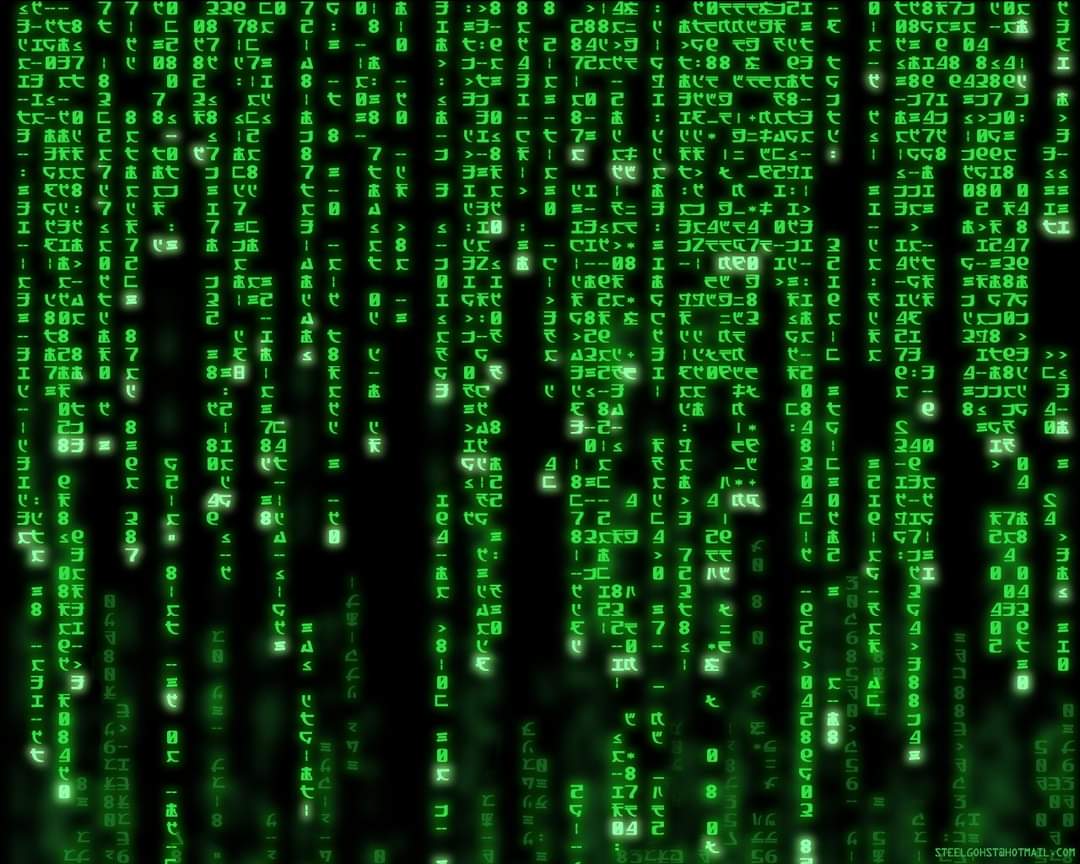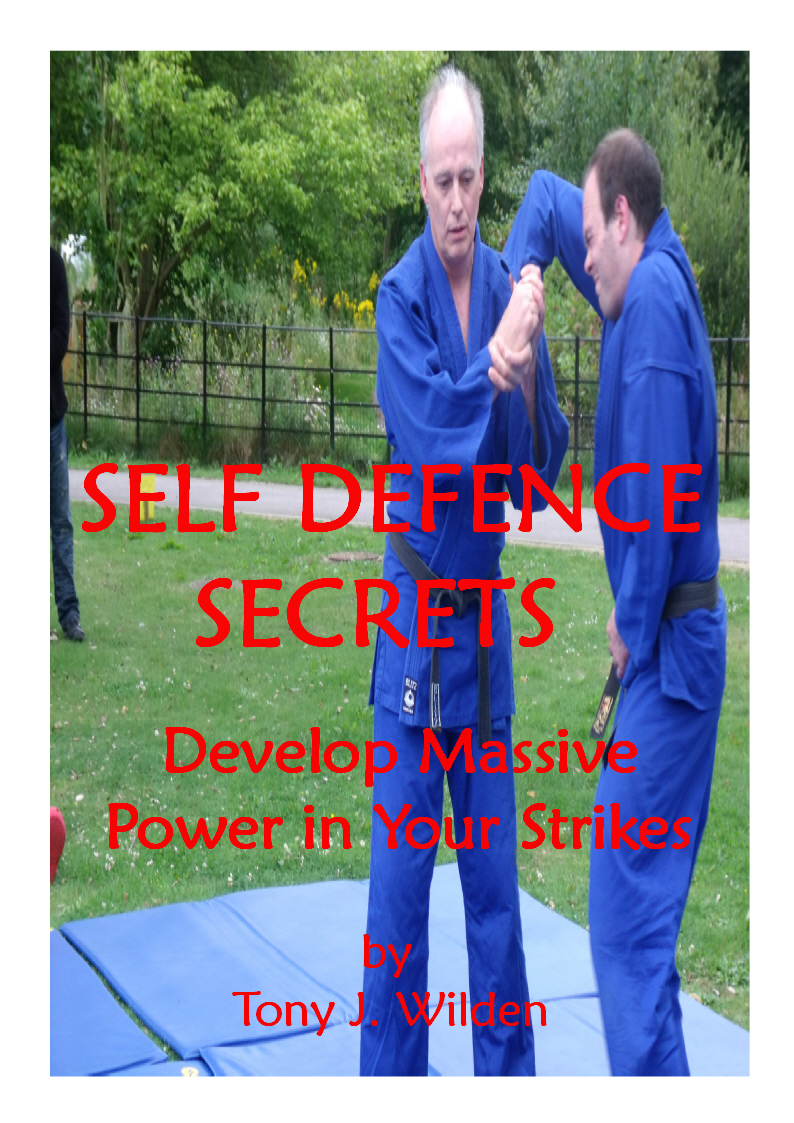We Spotlight Aiki Budo
Master Noriaki Inoue

Noriaki Inoue (1902-1994) a Japanese martial artist, closely associated with the spiritual and technical development of Aikido. His uncle was Morihei Ueshiba
Inoue is the founder of Shinwa Taido, that he later called Shin'ei Taido.
The 4th child of Zenso Inoue, head of the wealthy Inoue family of Tanabe, and of Tame Ueshiba, oldest sister of Morihei. His childhood was spent with Ueshiba.
He joined Morihei in a settlement expedition on the island of Hokkaido and studied Daito-ryu Aiki-Jujutsu with him under Master Sokaku Takeda.
He was also closely associated with the discovery of the Omoto sect in Ayabe, and Morihei's encounter with its spiritual leader Onisaburo Deguchi which had a decisive influence in Ueshiba's later philosophy.
Noriaki Inoue then actively worked with his uncle to spread aikibudo, the art derived from the daito-ryu that Ueshiba has perfected.
In 1927, they settled in Tokyo, teaching at many locations until the construction in 1931 of Ueshiba's first permanent dojo, the Kobukan.
However, after the second Omoto incident (1935) when the military government suppressed the Omoto sect, an argument developed between Ueshiba and his nephew, and the two eventually separated.
While the original aikibudo has evolved into aikido under Ueshiba, Inoue kept teaching his art until 1956 when he changed its name into...
Shinwa Taido and finally Shin'ei Taido.
He had little interaction with the Aikikai organization following the death of Ueshiba and continued teaching actively until his death. He considered himself a co-founder of aikido although its disputed by the Ueshiba family.
Noriaki Inoue used many names throughout his life... Kitamatsumaru, Yoichiro, Yoshiharu, Seisho, Hoken, Teruyoshi, and finally Noriaki.
Aikido Success Blueprint is a gold-mine of wisdom. 2 ebooks, video and audio designed to fast-track your aiki skills. Plus key action steps for fast results!
Master Noriaki Inoue and
His Unique Art - Shinwa Taido

Shinwa Taido and Aikido, were in actual fact, one and the same for quite a number of years and both were taught under the name of Aiki Budo.
The people that had the greatest influence on Aikido, also influenced Shinwa Taido. Inoue, who was the most senior student of Morihei Ueshiba, was...
expected to become the next Doshu of Aikido.
Noriaki Inoue was born in 1902, in Wakayama Prefecture, Japan into a wealthy family. His mother was the oldest sister of Morihei Ueshiba.
Inoue's first experience with the martial arts was at the age of 10, when at the urging of his grandfather, he, his brothers and uncle studied judo.
At the age of 13 he became unruly, refused to go to school, and his teachers and parents couldn't control him. His father sent him to the Hokkaido to live with his uncle who had moved there several years earlier.
According to Inoue, he was allowed to run wild and was well behaved by the time he returned to Tanabe, several years later.
His uncle, Morihei Ueshiba, was a serious student of the martial arts and had already studied judo and several other classical arts prior to this time. Inoue was present when Morihei Ueshiba met Sokaku Takeda the headmaster of
Daito-ryu jujutsu.
Ueshiba practiced there for ten days before returning to his home in Shirataki. Noriaki Inoue was repulsed by Takeda's mannerisms and refused to participate in practice and just observed. He did however, practice with his uncle at home.
When Ueshiba became serious about studying Daito-ryu jujutsu his father and Inoue's father paid to build a dojo at Shirtaki and invited Takeda to teach.
Noriaki Inoue didn't know how much they paid, but both men were wealthy, and according to him the amount was generous. The Daito-ryu techniques that Inoue and Ueshiba practiced and modified together became the roots of their arts.
According to Inoue, he and his uncle worked together to modify techniques, and he was as much responsible for the final form. In Japan, there is a strict code of social conduct, but within a family unit, this code is sometimes ignored.
Even though publicly the uncle was considered the senior, when the two practiced together they dropped the formalities and acted as equals.
In 1920, Noriaki Inoue moved to Kameoka to study under the Reverend Onisaburo Deguchi. Ueshiba and his family moved there about a year later and he too became a convert to the Omoto religion.
Deguchi realized that Ueshiba was exceptional and helped promote him.
In 1922, Takeda 'visited' Ueshiba in Tanabe, a habit he was to repeat throughout his life whenever he needed money. Deguchi did not like Takeda and suggested to Ueshiba that he change the name of the art from Daito-ryu Jujutsu to Aiki.
He also gave money to Ueshiba to give to Takeda so that he would go away.
According to Noriaki Inoue, he was upset with his uncle who hesitated to add the term 'aiki' to the name. Eventually it was changed to Daito-ryu Aikijujutsu, but the fact that Ueshiba had doubts, contributed to the split after the war.
Inoue acted as assistant instructor to his uncle from the mid 1920's, and from 1932 to 1935 he was senior instructor for the Budo Senyokai, an organization setup by the reverend Deguchi to promote Ueshiba and his martial art.
He taught mainly at Kameoka, Kyoto and Osaka. He also made trips and taught in Manchuria and Korea.
Several events occurred during this time period that further strained their relationship. There was a strained relationship between the royal family and the Omoto religion which sponsored Ueshiba.
This situation came to a head in what is known as the second Omoto incident. On December 8, 1935 Deguchi was arrested and convicted of disturbing the peace. The Omoto religion and all of its auxiliary organizations were ordered disbanded, its property was seized or destroyed and its members arrested.
Fear of being arrested forced Ueshiba to cut off all ties, but Inoue was the only person who did not cut his ties with the Omoto believers.
There was also a problem with who would be the next head of the organization. Ueshiba had three sons, the first two dying at an early age. Kisshomaru, the only surviving son, was showing no interest in the art and as late as 1935...
had not started to practice.
Ueshiba had married his eldest daughter to Kiyoshi Nakakura and adopted him as his son, a common practice in Japan to extend the family line. After five years, Nakakura didnt carry on the art and divorced his wife.
Rightly or wrongly it was assumed that Inoue would be the next Doshu since he was a member of the family and certainly had the credentials to succeed.
When Kisshomaru finally became serious and was named director of the Kobukan, it was doubtful as to whether he would succeed.
The final point of separation appears to be after the war when Ueshiba visited Inoue and told him that he had decided to call the art Aikido.
Inoue had been teaching it as Aiki Budo for the previous ten years and continued to teach under the name Aiki Budo until 1956 when he changed the name to Shinwa Taido, which became Shin'ei Taido.
Want local training in Bognor Regis UK? Visit... Arun Aikido Club
Has this page been useful to YOU? It may benefit other people too! Please go ahead and pass it on - Share via the Link Bar below - many thanks!
Sick of the Elite Control System? Unplug from the Matrix Now!
We Are The Shield a national volunteer powered movement, working across the UK to prevent harm before it happens. Street patrols, trained volunteers, and community support for vulnerable woman and children - Click to Get Involved!







